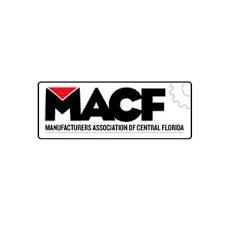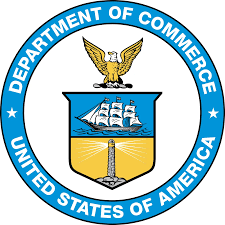Why Poor Density Data Could Be Your Biggest Compliance Risk
Marion Moth • June 23, 2025
Outdated flow data puts your operation and your reputation at risk. Here’s how to fix it. From tailings to dredging discharge, industries around the world are under the microscope. Environmental compliance is no longer a box to tick, it's a live requirement. And if you're still relying on outdated or imprecise methods, you may already be behind.
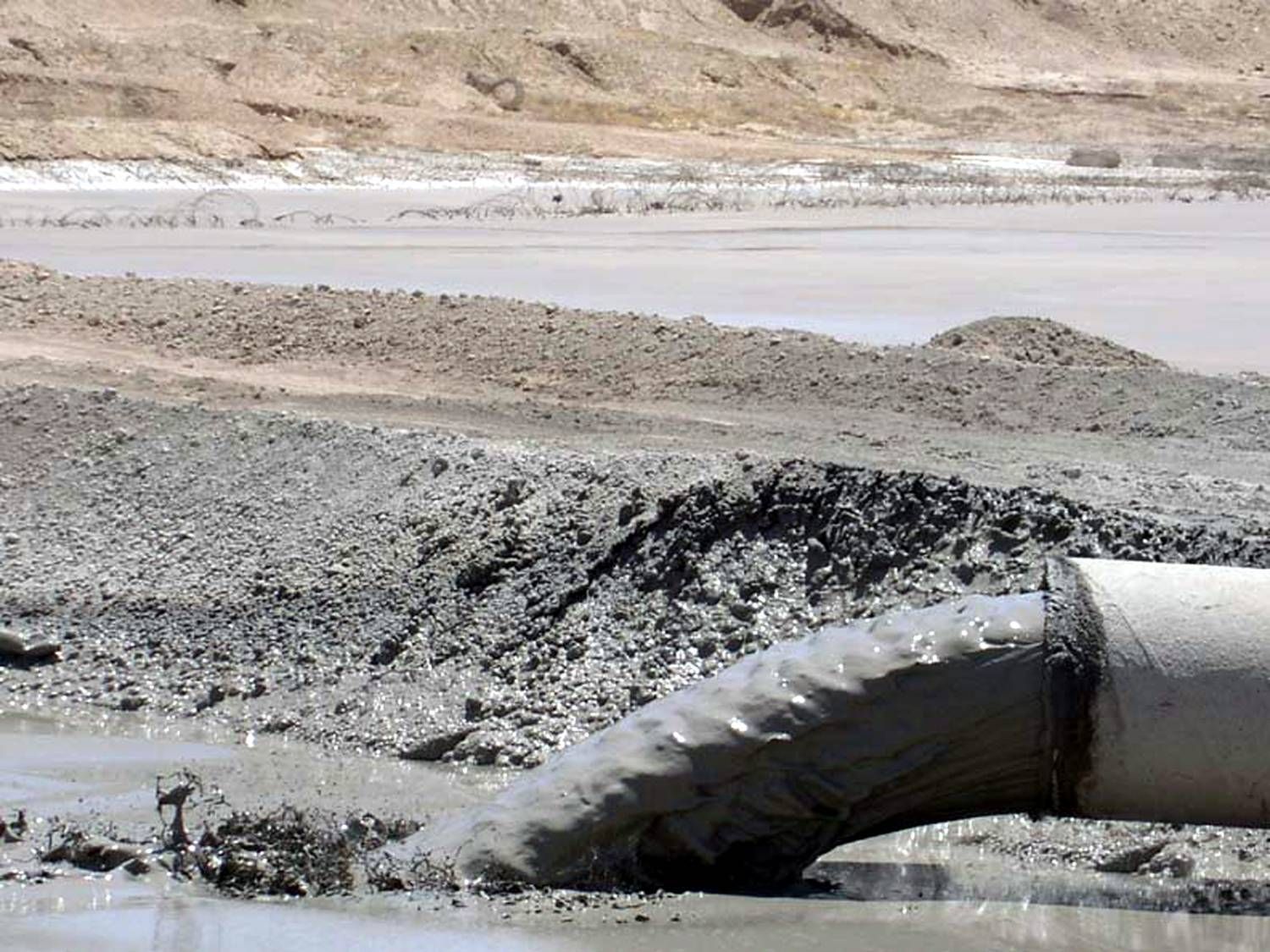
⚠️ The Pressure Is Mounting
Environmental regulations across mining, dredging, and wastewater industries aren’t just increasing—they’re accelerating.
Governments from the U.S. to Chile, from Australia to the EU, are tightening their grip on how industrial byproducts are monitored, transported, and discharged. The focus is sharp: real-time reporting, data-driven accountability, and provable environmental performance.
The catch?
Most companies are still operating with tools that simply can’t keep up.
📉 Old-School Methods Can’t Deliver Modern Compliance
Manual sampling. Batch testing. Legacy sensors. Nuclear gauges with outdated software. These were once "good enough" to satisfy regulatory checklists—but they no longer meet today’s live data expectations.
Here’s the real risk:
- You don’t know what you’re discharging.
- You can’t prove your compliance in real time.
- You’re vulnerable to audits, shutdowns, or worse—environmental damage with no warning signs.
- And all of that stems from a single critical blind spot: density.
🧠 Why Density Data Is So Important
When your process involves transporting slurry, tailings, or sediment-laden water, density is everything.
Density tells you:
- How much solid material you’re moving
- How concentrated your effluent is
- Whether your system is running within regulatory thresholds
- Whether blockages or inefficiencies are building inside your line
- Without it, you’re left guessing.
🧪 The Limits of What You Think You Know
Here’s a typical industrial setup: a pump, a flow meter, maybe a pressure sensor, and an operator relying on intermittent samples and a few spreadsheet calculations.
But here’s what’s missing:
- Flow meters often don’t work in non-full pipes
- Pressure changes give no indication of material density
- You can't detect density spikes or blockages until it’s too late
- This approach leads to:
- Fines and enforcement actions
- Wastewater spills and dredging overflows
- Missed ESG targets
- Costly inefficiencies
✅ A Smarter Solution: The Red Meter
Red Meters delivers real-time, precision density measurement without nuclear materials, without recalibration, and without guessing.
It mounts directly to your existing line—above ground, non-intrusive—and provides continuous live readings of:
- Slurry or effluent density
- Volumetric and mass flow rate
- Velocity changes
- Blockages and inconsistencies
- Performance trends over time
All data is easily exported, visualized, and integrated with SCADA or PLC systems—giving your team instant access to operational truths.
🌍 Built for ESG—and Built for the Future
Environmental, Social, and Governance (ESG) performance is no longer just an investor concern. It’s becoming a condition for contracts, partnerships, and even operating licenses.
Red Meters supports ESG efforts by:
- Reducing water and material waste through smarter monitoring
- Enabling full transparency of discharge data
- Eliminating the risk and permitting issues of nuclear measurement tools
- Providing defensible, timestamped records for compliance officers and inspectors
👨⚖️ Leadership That’s Shaping Policy
Red Meters is not just reacting to regulation—we’re helping lead it.
CEO David Moth serves on the Environmental Technologies Trade Advisory Committee (ETTAC), a U.S. Department of Commerce initiative. This committee advises the federal government on export strategies and policy recommendations for environmental technologies—ensuring companies like Red Meters help define what “compliance-ready” actually means in the modern world.
🚫 Compliance Isn’t Just a Checklist—It’s a Competitive Advantage
Every industry will eventually reach the same crossroads: guesswork or clarity.
Companies that upgrade their measurement systems will:
- Reduce environmental risk
- Streamline reporting
- Improve operational uptime
- Build stronger reputations with regulators and customers
Those that don’t? They’ll fall behind—not just on data, but on trust.
🧭 Final Word
“If your compliance plan still starts with a clipboard, it ends with a liability.”
You don’t have to operate in the dark anymore. With Red Meters, you get live, accurate, defensible data—the kind that keeps regulators satisfied and your team focused on running efficiently, not reacting to problems.
🔗 Ready to upgrade?
📞 Talk to our engineers
📅 Book a no-pressure demo
📝 Or explore our real-world applications at:
👉 https://www.redmeters.com/schedule-a-demo
📞 Talk to our engineers
📅 Book a no-pressure demo
📝 Or explore our real-world applications at:
👉 https://www.redmeters.com/schedule-a-demo

In a move that could reshape the future of mining in the United States, the Department of the Interior has announced a landmark initiative to recover critical minerals from mine waste — including tailings, coal ash, and other historically discarded materials. With demand for lithium, cobalt, and rare earth elements soaring, this effort represents a timely pivot toward circular resource strategies and domestic supply chain resilience. The Opportunity in What Was Left Behind Mine waste, long treated as a cost center or environmental liability, is getting a second look. Decades of mining have generated extensive tailings and waste rock piles, much of which still contains residual amounts of valuable minerals. At the time, these materials were often uneconomical to extract or simply not the focus — as was the case with cobalt or rare earths, which have since become central to electric vehicles, renewable energy systems, and national defense technologies. Recent advances in mineral processing, sensing, and separation technologies now make it possible to reprocess old waste streams with impressive precision and efficiency. In other words, the same sites that once marked the end of a project could now signal a new beginning. Why This Matters — Technically and Strategically Three key drivers underscore this shift: National Security & Supply Chain Resilience The U.S. is heavily dependent on imports for critical minerals, much of which comes from geopolitically sensitive regions. By re-mining domestic tailings, the country reduces vulnerability and boosts self-reliance. Environmental Sustainability Recovering minerals from waste eliminates the need for new land disturbance, reduces the volume of legacy waste, and can improve site remediation outcomes. This aligns with global ESG priorities and offers a more sustainable approach to resource recovery. Economic Efficiency In many cases, the infrastructure for processing and access already exists. Combined with modern recovery techniques, reprocessing tailings may prove more cost-effective than greenfield exploration. Federal support is ramping up. The U.S. Geological Survey is mapping potential sites, the Department of Energy is making funds available for pilot projects, and permitting for such operations is being streamlined under new federal guidance. Engineering Challenges Worth Solving For processing teams, metallurgists, and mining engineers, this initiative represents more than policy — it’s a technical opportunity. The variability in tailings composition, moisture, and mineral association presents a new kind of puzzle. Success will depend on smart sampling, advanced analytics, and adaptable systems capable of handling heterogenous material. Yet for those who thrive on innovation, that challenge is a welcome one. Unlike deep-earth exploration, the material is already on the surface. The risk is lower. The timeline is faster. The potential for impact is real. Looking Ahead This is not a passing trend. As resource demand intensifies and scrutiny on conventional mining grows, mine waste recovery will likely become a foundational component of future mineral strategies. What was once considered the end of the mining value chain is rapidly becoming its new frontier. With the right tools, expertise, and policy alignment, America may soon uncover a domestic trove of critical minerals—hidden in plain sight. ⛏ Ready to Reimagine Mining? America’s next resource boom may be buried in its past. If your team is exploring solutions for sustainability, resource recovery, or mineral processing, now is the time to connect. 📩 Contact us to discuss solutions, partnerships, or insights on mining smarter — not deeper. solutions@redmeters.com | LinkedIn @RedMeters | www.redmeters.com
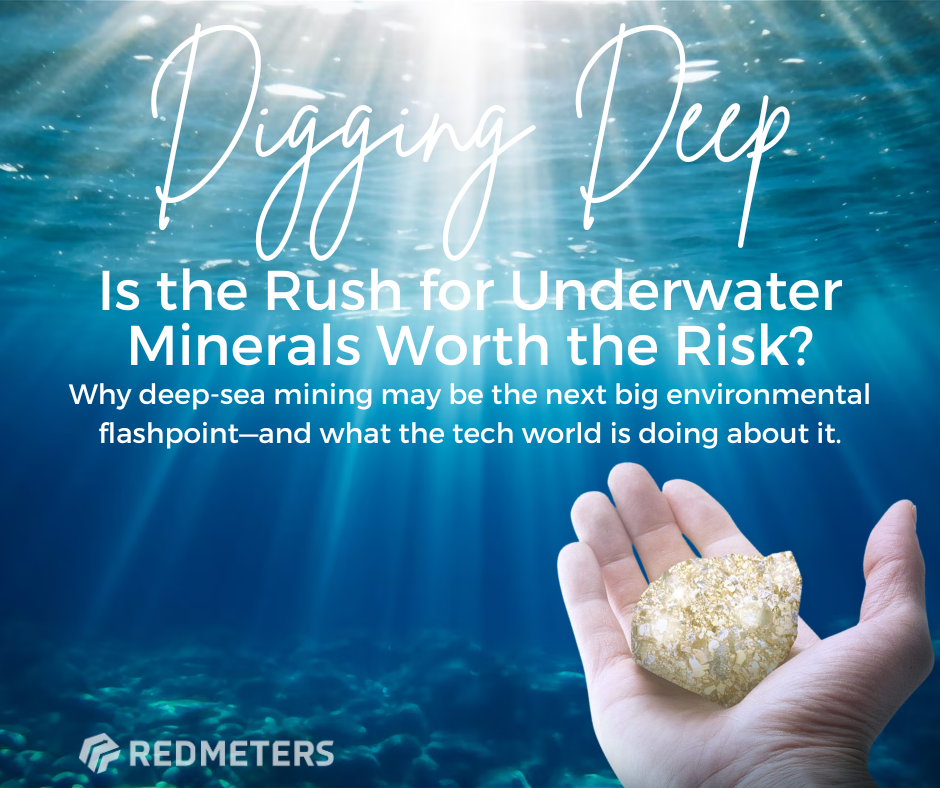
The Big Opportunity What’s down there: Polymetallic nodules (nickel, cobalt, rare earths) Seafloor massive sulfides (copper, gold) Cobalt-rich crusts on underwater mountains Why now: Terrestrial sources are dwindling or geopolitically risky Climate goals require faster mineral supply chains The Environmental Cost: Habitat destruction – some deep-sea species take centuries to form Sediment plumes – disrupt marine life and food chains Noise and light pollution – affects whales, fish, and invertebrates Knowledge gap – scientists say we know more about the moon’s surface than deep-sea ecosystems ⚠️One study shows that 80% of the deep-sea floor remains completely unmapped and unexplored. The Tech Response: Smarter mining vehicles with less seabed contact Sediment containment systems (like polymer flocculants) AI-based ecosystem tracking and restoration tools Countries (and startups) exploring “no-cut zones” or rotational harvesting 🛠 Tech optimism with a grain of salt: “It’s not that we can’t mine better—it’s that we don’t know what damage we’re doing yet.” The Regulatory Cliffhanger: International Seabed Authority (ISA) is under pressure to finalize rules Companies want green lights by 2025—but 100+ marine scientists are calling for a moratorium Some nations (France, Germany, Chile) support a pause; others (China, Norway, Pacific Island states) are investing What This Means for the Industry: If you’re in mining: this is the next big arena—either for expansion or PR disaster If you're in tech or environmental innovation: the market for ocean-safe tools is wide open If you're a policymaker or investor: tread carefully—public backlash is brewing We have a chance to do this right—by learning first, mining second. The question is: will profit wait for science?
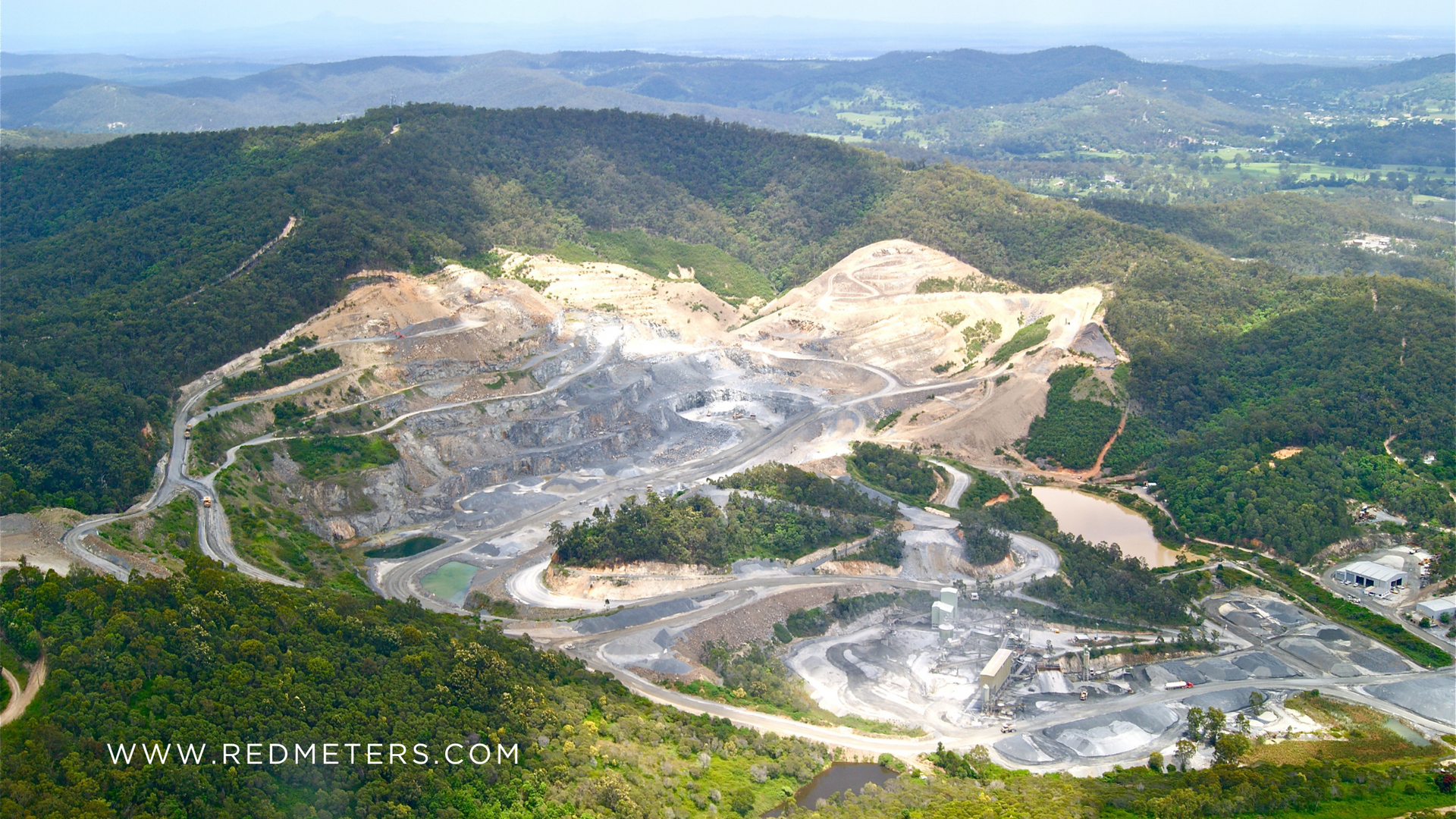
In the 1970s, the U.S. was the global leader in rare earth production. Today, it's a footnote. The reason? China moved fast and dirty—cutting environmental corners, undercutting prices, and securing long-term control over what we now call the "vitamins" of modern manufacturing. Rare earths like neodymium and praseodymium are critical to the guts of everything we engineer: Electric motors Wind turbines Precision guidance systems Smartphones Even Red Meters' density sensing tech, if we’re honest. And while the Mountain Pass mine in California is still trucking away, it's the only commercially active rare earth mine in the U.S. Meanwhile, China refines nearly 90% of global supply. So how did we lose the plot? Stricter U.S. environmental regulations (rightly or wrongly) made mining uneconomical Outsourcing for price became the default mindset No cohesive industrial policy to protect strategic materials China filled the vacuum. Now, rare earths are a diplomatic chess piece. As recent U.S.-China trade talks in London highlight, Beijing isn’t afraid to flex its export restrictions—especially when the West depends on them for EVs, weapons, satellites, and renewable infrastructure. Can the U.S. catch up? In theory, yes. But it’ll take: Political guts (streamlining permits and resisting NIMBY backlash) Capital investment (in mining, refining, and recycling tech) Workforce training (not just coders—we need metallurgists, geologists, and machinists again) Innovation is the linchpin. Sustainable mining and advanced recycling may be our only competitive advantage under strict environmental standards. Because let's face it, we’re not going to out-China China. Why it matters to us At Red Meters, we’re in the business of precision measurement—and that includes the flow of rare earth slurries and mineral tailings. If the U.S. wants to decouple from strategic dependency, it starts with rebuilding everything from the ground up: exploration, extraction, processing, and measurement. Rare earths aren’t rare. But rare is the nation that controls its future by controlling its resources. Let’s not waste the second chance. 🔗 Related Want to learn how Red Meters tech supports sustainable mining? Contact us here or visit www.redmeters.com

In a recent meeting, the Mexico PPP Connect, hosted by Red Meters and the Mexican Consulate in Orlando on Tuesday, October 30th, 2023, the focus was placed on the pivotal role Public-Private Partnerships (P3) could play in reshaping communities across Mexico. The conference saw the participation of 12 Mayors from various regions in Mexico, each sharing the unique challenges and opportunities they face, particularly concerning water and wastewater infrastructure. The overarching goal remains consistent: to ensure safe and accessible drinking water for their communities. A Varied Landscape of Challenges Each region in Mexico presents its distinctive set of hurdles and opportunities. The Mayors elucidated these intricate challenges and described how they could pave the way for remarkable transformations. The discussion revolved around the need for more efficient and comprehensive water and wastewater systems that can adapt to the ever-evolving landscape of global environmental concerns. A Multifaceted Approach to P3 The meeting featured a panel of experts who elaborated on the multifaceted nature of Public-Private Partnerships. The representatives from Red Meters detailed global challenges in water and wastewater systems, emphasizing existing solutions to mitigate them. Kenneth Artin from Bryant, Miller and Olive outlined potential structural options for P3 projects, including prerequisites and timelines. Paul Mene from Rehmann explored the critical aspect of financial accountability within these projects, highlighting the need for transparency and efficiency. Fernando Navarrete of AECOM, Kendra Cassel of Terracon, and Ben Davis of Renda Environmental provided insights into their respective companies' roles in project management, construction, and environmental services. Operational Insights from Orange County Ed Torres, Director of Orange County Utilities, shared his experience operating within Orange County and discussed the specific challenges faced in ensuring water and wastewater management. He also presented successful strategies for overcoming these challenges. Government and Financial Support Mindi Hertzog from USTDA delved into the essential role of government involvement and support in P3 projects, shedding light on the contributions of EXIM Bank in financing these initiatives. Representing Select Florida, Joseph Bell encouraged the Mexican representatives to explore solutions in Florida, notably from innovators like Red Meters. Ensuring Project Viability Joaquin Puello of PNC Bank emphasized the critical role of banks as escrow account holders for all project funding, as well as the importance of clear terms and conditions determined by lawyers and accountants. He discussed the vital banking services that can support these transformative projects. Community Communication and Recognition Rosie Leach of Red Meters stressed the significance of effectively communicating these projects to the communities they impact. She highlighted the vital role of community engagement in the success of these initiatives. Kai Isaac of Filmscape Productions showcased how videos and content related to these projects have garnered attention and even won international awards within the sustainability category. Special Thanks to the Mexican Consulate in Orlando The meeting was expertly chaired by Juan Sabines, Consulate, and Javier De la Vega Vargas, Vice Consulate. Their facilitation ensured that all aspects of the discussion received the attention they deserved, propelling these transformative projects to new heights. The Mexico PPP Connect meeting exemplified the power of collaboration, innovation, and public-private partnerships in addressing vital infrastructure needs and nurturing the economic growth of Mexican communities. With commitment and dedication, these initiatives will not only enhance the lives of those they serve but also offer a blueprint for global environmental stewardship.
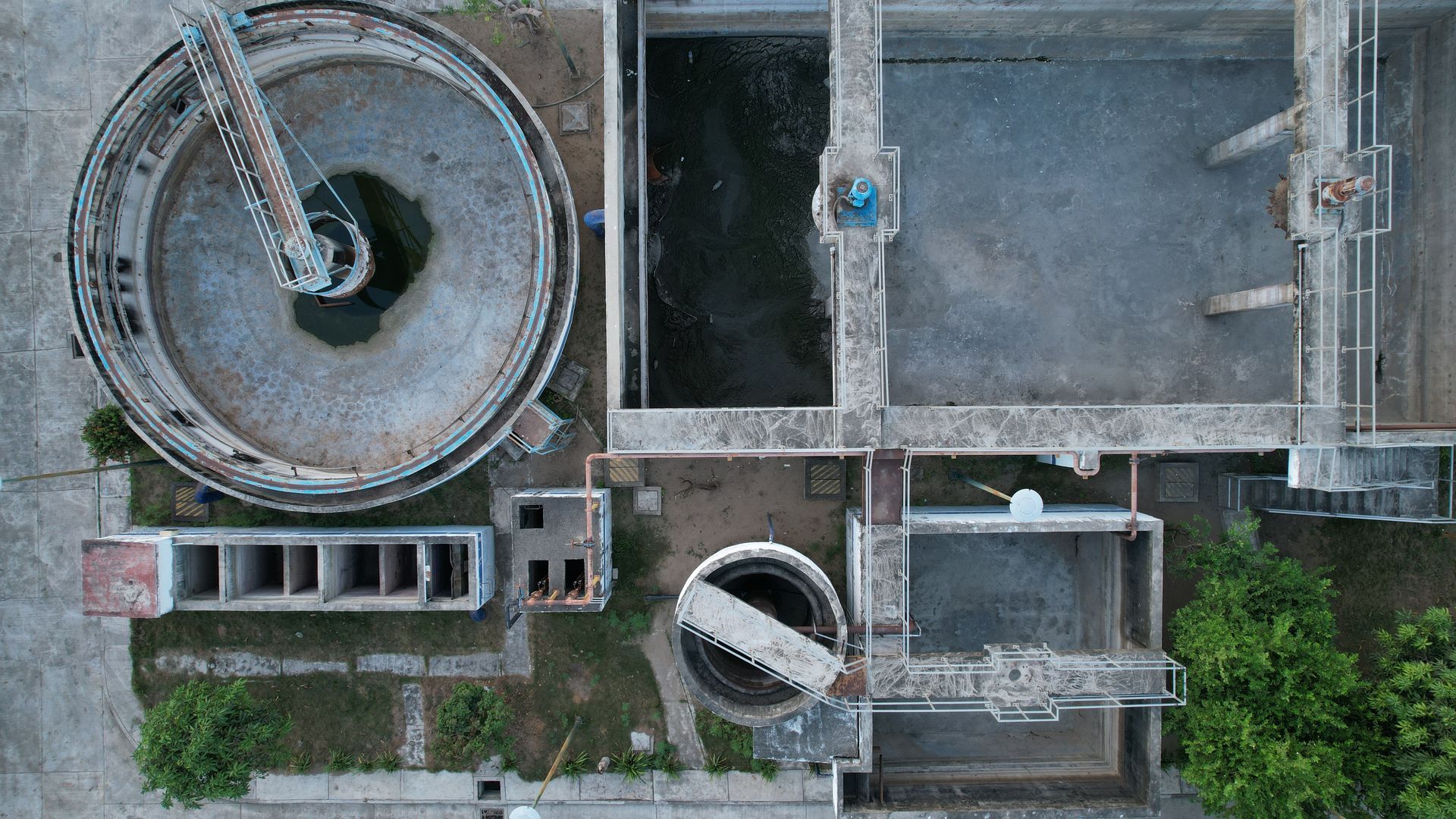
Orlando, Florida – In a significant initiative to foster cross-border partnerships and drive the growth of public-private partnership projects (PPP) in Mexico, Red Meters, in collaboration with AECOM and the Export-Import Bank of the United States (EXIM Bank), is pleased to announce the Mexico PPP Connect meeting. This gathering is set to take place at the Mexican Consulate in Orlando on Monday, October 30th, 2023, at 10:00 AM. Mexico PPP Connect will bring together key stakeholders, including 21 distinguished mayors and representatives from various Mexican cities and American authorities. With a primary focus on PPP opportunities throughout Mexico, this meeting promises to be a pivotal moment for strengthening the collaborative ties between Mexican, British, and American entities. Red Meters, an Orlando-based instrumentation manufacturer with deep-rooted interests in both the British and Mexican markets, is dedicated to innovative solutions. By hosting Mexico PPP Connect, the company aims to facilitate meaningful discussions, enabling project initiation, planning, and expansion. With the support of AECOM, a renowned multinational infrastructure consulting firm, and EXIM Bank, which plays a pivotal role in assisting American businesses in exporting their goods. The agenda for Mexico PPP Connect includes in-depth discussions, showcasing of PPP case studies. By fostering partnerships that bridge geographical boundaries, the meeting is poised to bring transformative change to infrastructure projects in Mexico. "This meeting underscores the shared commitment of Red Meters, AECOM, and EXIM Bank to facilitate mutually beneficial partnerships in the realm of PPPs. It offers an excellent platform for government authorities, industry leaders, and investors to come together, share insights, and explore promising opportunities. We believe that the impact of this meeting will be felt not only within the infrastructure sector but also in the broader context of international business relations," said David Moth, CEO of Red Meters. Participants will engage in thought-provoking conversations and collaborative efforts to accelerate PPP projects in Mexico. The meeting will highlight the importance of public-private cooperation in addressing the infrastructure needs of Mexico and promoting economic growth. For more information or to reserve a seat for Mexico PPP Connect, please contact r.leach@redmeters.com. Download Press Release
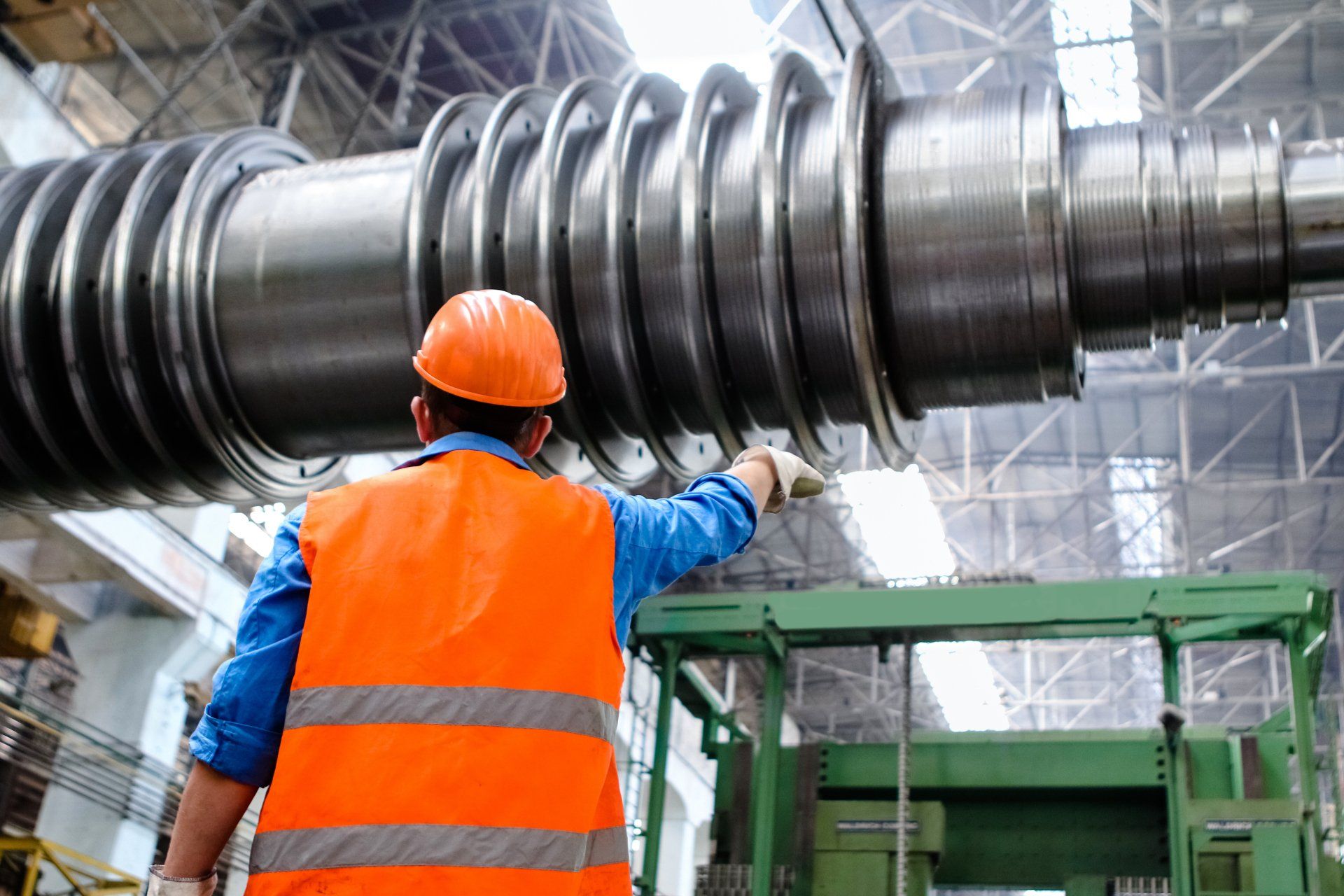
NEXT GEN MEASUREMENT In the United States, all nuclear density gauges are regulated by the United States Department of Agriculture’s office of Homeland Security & Emergency Coordination – specifically the Radiation Safety Division. Keeping track of the various permits, certifications, and training requirements can be confusing; this guide will help you identify which steps are required for you or your organization.

NEXT GEN MEASUREMENT The industrial sector is recognizing the market drive for alternatives to traditional non-renewable energy sources. Could this be the dawn of The Lithium Age? The Lithium Age The modern world is at a critical stage in its development, as climate changed has spurred a global charge to reduce carbon emissions. A key way to accomplish this is a transition from fossil fuels to new renewable sources of energy. The energy and transportation sectors are two of the main sources of the world’s carbon emissions, so it is these sectors that will be the main battleground for the emissions war. It could very well be a war of wills between monolithic fossil fuel corporations and proponents of decarbonization, a war fought on multiple fronts: the economic front, the environmental front, and the social front. So, what could replace fossil fuels? Lithium.
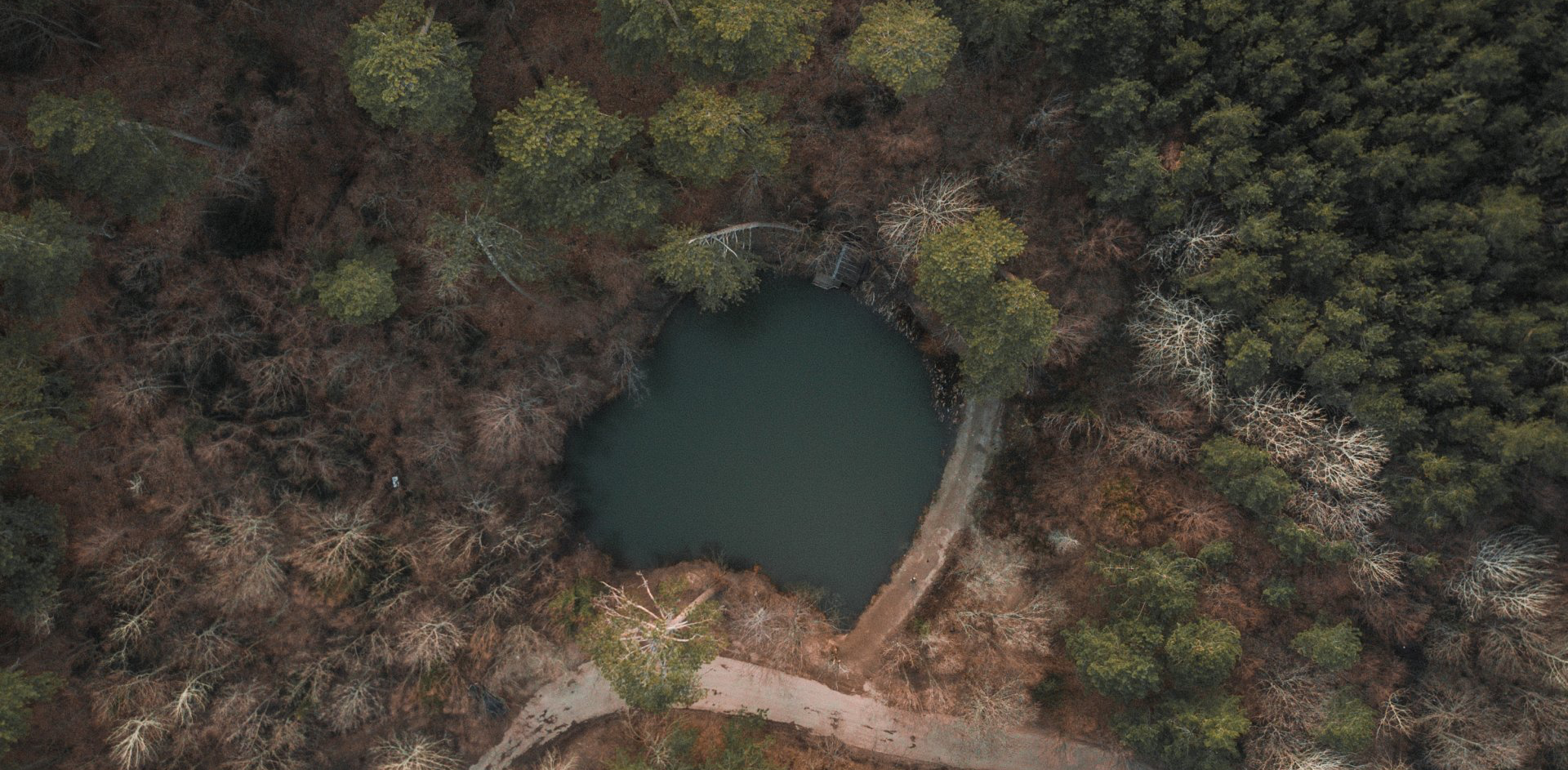
NEXT GEN MEASUREMENT The industrial sector is recognizing the demand for more accurate instrumentation in tailing ponds mining operations. The implications accuracy has on the process are significant – as are the potentialities for risk mitigation. What Are Tailing Ponds? Tailing ponds serve as temporary storage facilities for “tailings,” a byproduct of the industrial mining process. In order to convert tailing into a more manageable, transportable media that can flow through a pipeline, it is combined with water to form a slurry. Once this slurry reaches its target destination, tailing ponds serve as temporary storage facilities where the water can then be reclaimed for recycled use in a process known as sedimentation. To set the stage for the sedimentation process, overburden (i.e. the bulk waste rock that envelopes the target ore) is separated from the target tailing. Once complete, the sedimentation process then separates the valuable fraction from the uneconomic fraction (known as “gangue”) from the ore. Two methods of sedimentation are common in mining: placer mining and hard rock mining. Placer mining uses a combination of water and gravity to concentrate the valuable fraction, while hard rock mining uses chemical reactions to concentrate the valuable fraction. In hard rock mining, sedimentation requires comminution (i.e. pulverizing the target ore into fine particles). Comminution processed tailings compose a slurry of fine particles and water; this slurry is what is known as “tailings.” Once the sedimentation process is complete, the “reclaimed” water is then recycled back into the extraction process. This water reclamation process is a critical step in the mining process, as this process can have both environmental and fiscal consequences if not conducted with precision instrumentation.



















